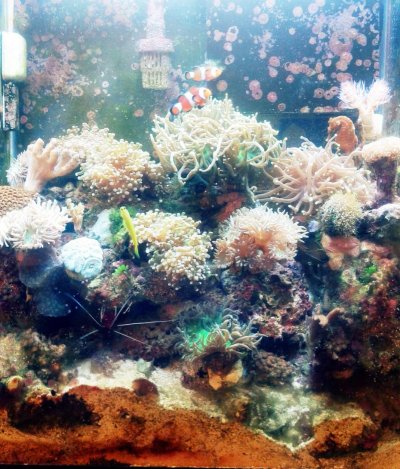I can't, from my very limited understanding, make sense of that news coverage. My best guesses are (a) that there is something, important in this respect, different about the wildfire ash than the purified activated carbon intentionally used for water filtration, (b) there is some impurity in the natural ash vs purified carbon thst reacts with chlorine to make something hazardous, and/or (c) possibly more likely, the concern is consuming the ash, itself, as a pollutant in water, vs consuming water filtered by the ash, but which does not contain the ash. When we filter water with carbon, we don't consume the carbon (in significant quantity).
To my very limited understanding, neither plain old carbon nor activated carbon, by itself can adsorb chlorine. They basically adsorb organic contamination and other contamination that get trapped in the "pores".
Carbon, and especially activated Carbon, can react with chlorine, converting it to chloride by oxidation. Chloride is just an electrolyte you naturally have in your body and might drink in a sports drink or supplement. Not cancer causing.
If there is also ammonia in the water, which seems likely, it seems likely that the pH of the water would encourage the formation of chloramines. The chloramines would then be reduced by the carbon to some mixture of nitrogen, hydrogen, ammonia, chloride, water, and carbon, depending on the specific chloramines, carbon, pH, temperature, etc. But, I don't understand any of those chemicals to be carcinogenic.
And, since the filter isn't holding the chlorine in any format, it can't leach back put later when the conditions change. Remember, the chlorine is staying in the water, just being oxidized into a more human-friendly chemical. Nothing is building up in the filter.
Having written all of that, I do think you should replace your filter, but not because of carcinogens. My concern is thatbif you feed it a higher than usual level of chlorine, it will be inactivated by the oxidation reaction faster than usual, becoming ineffective sooner than usual. "Shock" it with a ton of chlorine and you'll end up with a bunch of inactive carbon clay capable only of adsorbing pollutants -- not oxidizing some of those it can't adsorb.
In other words, even though, as a result of high chlorine exposure, the carbon won't leach anything and can continue to adsorb organic and certain other pollutants, it will no longer be able to oxidize chlorine and certain other chemicals it could otherwise neutralize, rendering it ineffective in this respect.
But, please keep in mind that I am certainly not a biochemist, chemist, physician, etc. What I think I might know about this I remember from my days as the keeper of a couple of ornamental reefs.

